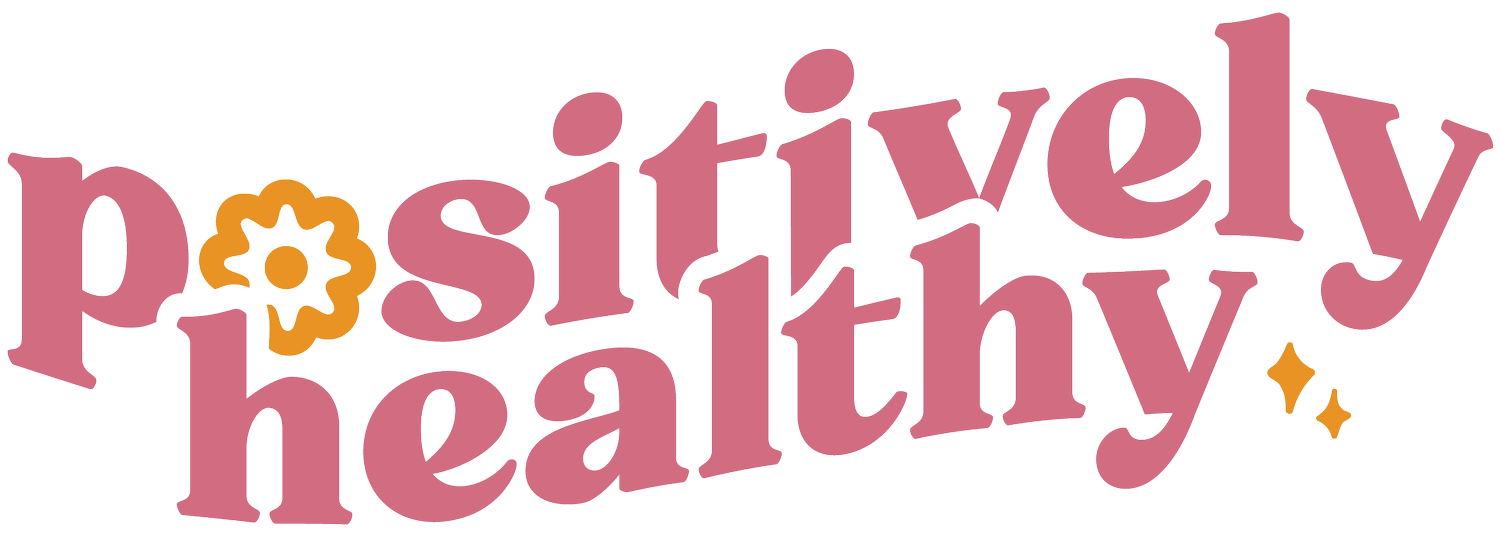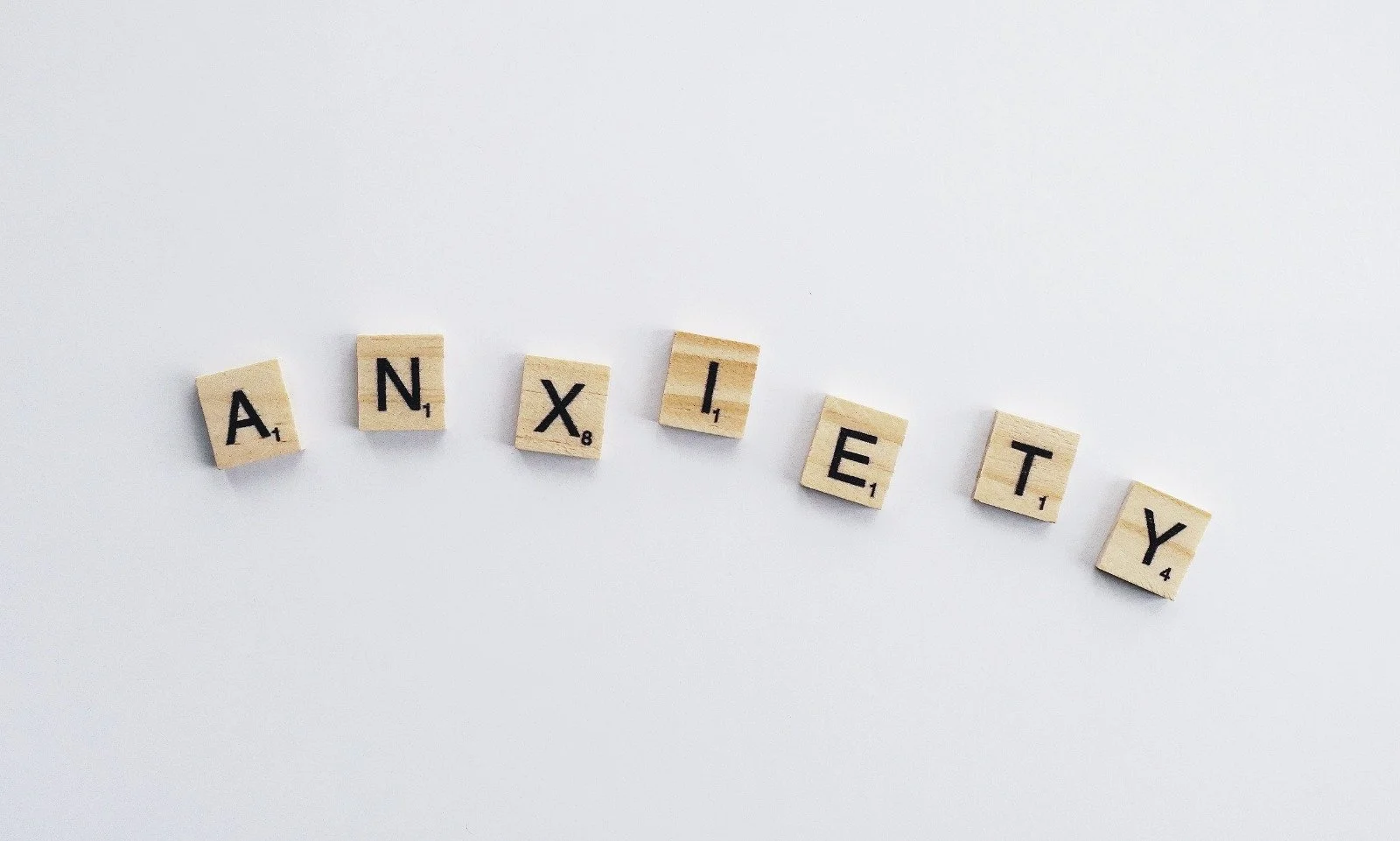3 Steps to Helping Your Teenager Overcome Anxiety
One approach to healing our anxiety is to gain a cognitive awareness of it and have some simple strategies in place to deal with it. Lots of times, you feel anxious, but it isn't until you are really worked up that you become conscious of the feeling. You may notice it first in your body, but it's already out of control by then. It's like letting ponies out of a barn. Once they're out, it's hard to get them back in the barn. Your heart rhythm is very incoherent, breathing is rapid and shallow, and you may be sweating. Worst of all, your thoughts may be racing, and your thinking is constricted, meaning your ability to see the big picture and find a solution is unlikely.
Step 1: Understanding What’s Under the Surface
According to author Chip Conley, the emotional equation for anxiety is:
Anxiety = Uncertainty x Powerlessness
Uncertainty is the feeling of not being able to predict the outcome. So, for example, a teenager studies for her test all week but doesn't know how hard the exam will be and what grade she'll make. She practices for her sport to prepare for a tryout and doesn't know if she will make the team. She posts on social media and doesn't know how many likes she'll get. Her certainty builds the more likes she gets.
Powerlessness is the feeling of not having control over one's life or the inability to achieve a specific desired outcome despite one's efforts. The most significant power that a teenage girl gives away is letting the perceived opinions of others dictate how she feels about herself, and she feels powerless over her self-worth. She's letting others decide how worthy she is compared to others.
Social media comparison is a top contributor to mental health problems in teenagers. If a teenager is comparing herself to a celebrity, influencer, or her peers, she is putting herself in a state powerlessness. She has no power over the lives or appearance of others, and she feels like a victim.
Step 2: Accept and Allow - Try Again
Does it ever work when someone tells you to "calm down." Um, no. Why is that? Besides not validating your feelings or empathizing with you, you are forced to reject and disregard a valid emotion.
A better approach is to temporarily accept and allow the feeling, which creates less resistance so the anxiety can exit your mind and body more freely. This is a great time to use the STOP technique described in another blog post.
If your first reaction to a situation is to feel anxious, welcome the feeling, allow it to pass through your body, and try again for another more resourceful feeling. You could say, "Welcome Anxiety. Goodbye Anxiety. I'm feeling challenged in this moment." your mind can better find a solution because you are taking yourself out of victimhood and into problem-solver mode. If you are solving problems, you will feel more certain and more powerful.
Step 3: Breathe
Breathe, always, breathe, deep belly breaths so that your shoulders are still but your diaphragm is expanding and contracting. This activates your vagus nerve and stimulates your parasympathetic nervous system, your autonomic rest and relaxation response. Also, it sends more oxygen to the brain allowing your thinking to expand and your problem-solving abilities to improve.
Review:
To calm your anxiety, it's best to have a plan in place for when those moments strike. Having an intellectual understanding of the emotions, the ability to send them out of the body freely and practicing a simple technique such as deep belly breathing will bring you back online.




